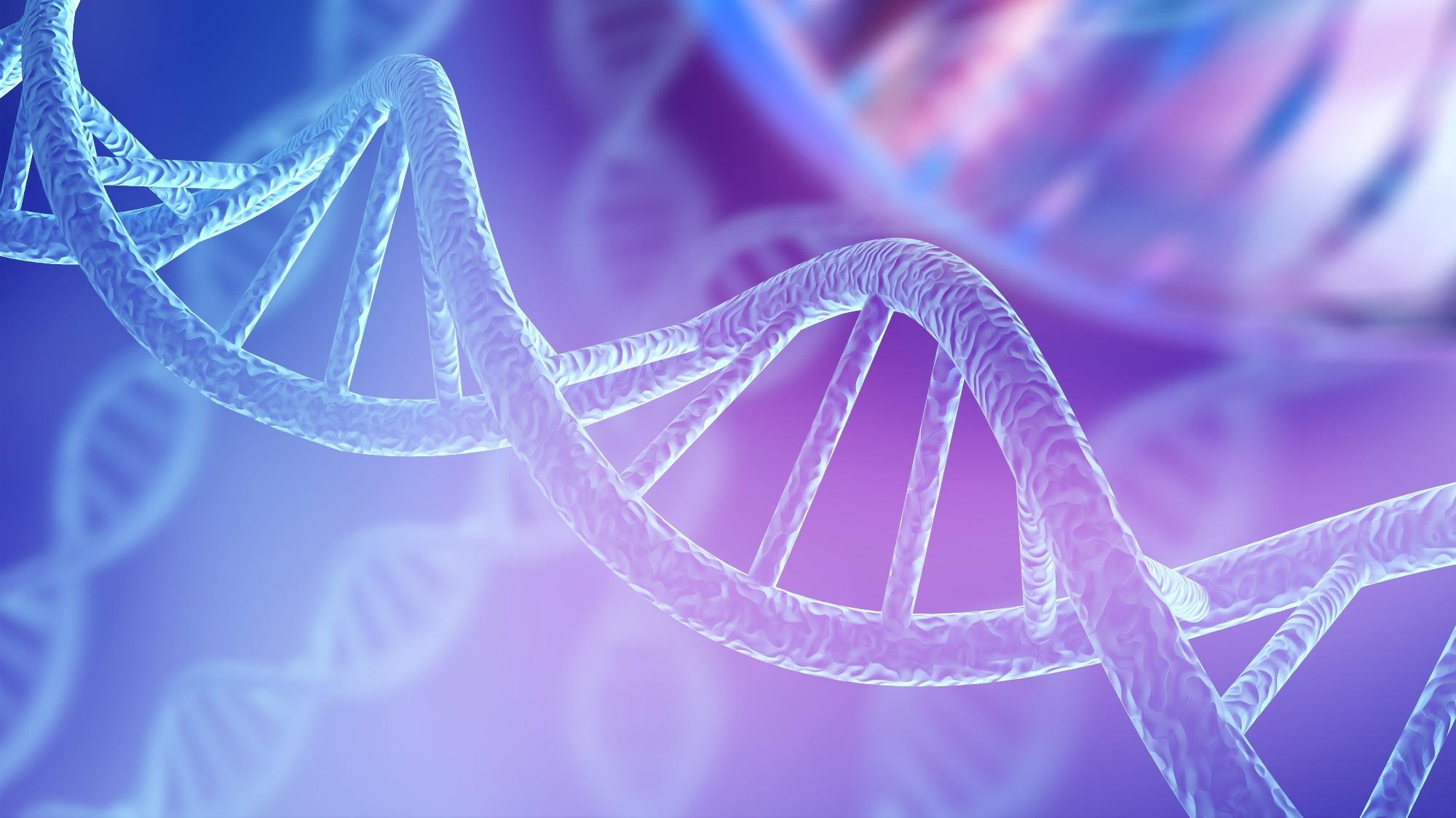Dec 10 2020

Image Credit: Billion Photos/Shutterstock
In 2020, every individual in the world is generating around 1.7 MB of data each second and that data amounts to 418 zettabytes, or 418 billion one-terabyte hard drives, in just a single year.
Data is currently stored as 0s and 1s in optical or magnetic systems that do not last for 100 years. In the meantime, data centers use large amounts of energy and create colossal carbon footprints. In other words, the way people store their ever-growing amount of data is not sustainable.
DNA as Data Storage
However, there is an alternative method—preserving data in biological molecules, like DNA. In nature, DNA typically encodes, preserves, and creates large, readable amounts of genetic data in minute spaces (viruses, bacteria, and cells) and it does so with a high level of reproducibility and safety.
When compared to traditional data-storage devices, DNA is more compacted and durable, has 1000 times higher storage density, can retain 10-fold more data, and uses 100 million times less energy to preserve the same volume of data as a drive. A DNA-based data-storage device would also be very small—that is, a year’s worth of global data can be preserved in just 4 g of DNA.
However, preserving the information with DNA also involves painfully slow reading and writing mechanisms, excessive costs and chances of misreadings.
Nanopores to the Rescue
One method is to employ nano-sized holes, known as nanopores, which are usually punched by bacteria into other types of cells to kill them. The invading bacteria use specific proteins, called 'pore-forming toxins,' which bind to the membrane of the cell and create a tube-like channel through it.
Nanopores are used in bioengineering to 'sense' biomolecules, like RNA and DNA. The molecule travels via the nanopore, similar to a string, and is guided by voltage. Its different constituents create clear electrical signals (an 'ionic signature') that can be used to detect them. Due to their excellent precision, scientists have also experimented with the nanopores for reading DNA-encoded data.
But despite this fact, nanopores are still restricted by low-resolution readouts—a real issue if nanopore systems have to be used for reading and storing information.
Aerolysin Nanopores
The prospect of these nanopores motivated researchers from the School of Life Sciences at École polytechnique fédérale de Lausanne (EPFL) to study nanopores created by the pore-forming toxin called aerolysin. This toxin is produced by the bacterium called Aeromonas hydrophila.
Headed by Matteo Dal Peraro at the School of Life Sciences, the team demonstrated that aerolysin nanopores could be employed for decoding binary data.
Back in 2019, Dal Peraro’s laboratory had demonstrated that nanopores can be used for detecting proteins and other similar complex molecules.
In the new study, which appeared in the Science Advances journal, the researchers collaborated with the laboratory of Alexandra Radenovic (School of Engineering at EPFL) and modified the aerolysin to spot molecules that were accurately custom-made to be read by this nanopore. The researchers have filed a patent for the technology.
Dubbed 'digital polymers,' the molecules were created in the laboratory of Jean-François Lutz at the Institut Charles Sadron of the CNRS based in Strasbourg. These molecules are essentially a combination of non-biological monomers and DNA nucleotides developed to move through aerolysin nanopores and produce an electrical signal that could be read out as a 'bit.'
Using aerolysin mutants, the team methodically developed nanopores to read out signals of their informational polymers. They improved the pace of the polymers that pass via the nanopore so that it can emit a uniquely detectable signal.
But unlike conventional nanopore readouts, this signal delivered digital reading with single-bit resolution, and without compromising information density.”
Dr Chan Cao, Study First Author, EPFL
The researchers decoded these readout signals by applying deep learning, and this enabled them to decode a total of four bits of data from the polymers with excellent precision. The team even applied the method to blindly detect mixtures of polymers and establish their relative concentration.
The cost of the system is much lower than using DNA to store data, thus offering longer endurance. Moreover, it is 'miniaturizable,' which means it can be easily integrated into portable data-storage devices.
There are several improvements we are working on to transform this bio-inspired platform into an actual product for data storage and retrieval. But this work clearly shows that a biological nanopore can read hybrid DNA-polymer analytes. We are excited as this opens up new promising perspectives for polymer-based memories, with important advantages for ultrahigh density, long-term storage and device portability.”
Matteo Dal Peraro, School of Life Sciences, EPFL
Journal Reference
Cao, C., et al. (2020) Aerolysin nanopores decode digital information stored in tailored macromolecular analytes. Science Advances. doi.org/10.1126/sciadv.abc2661.